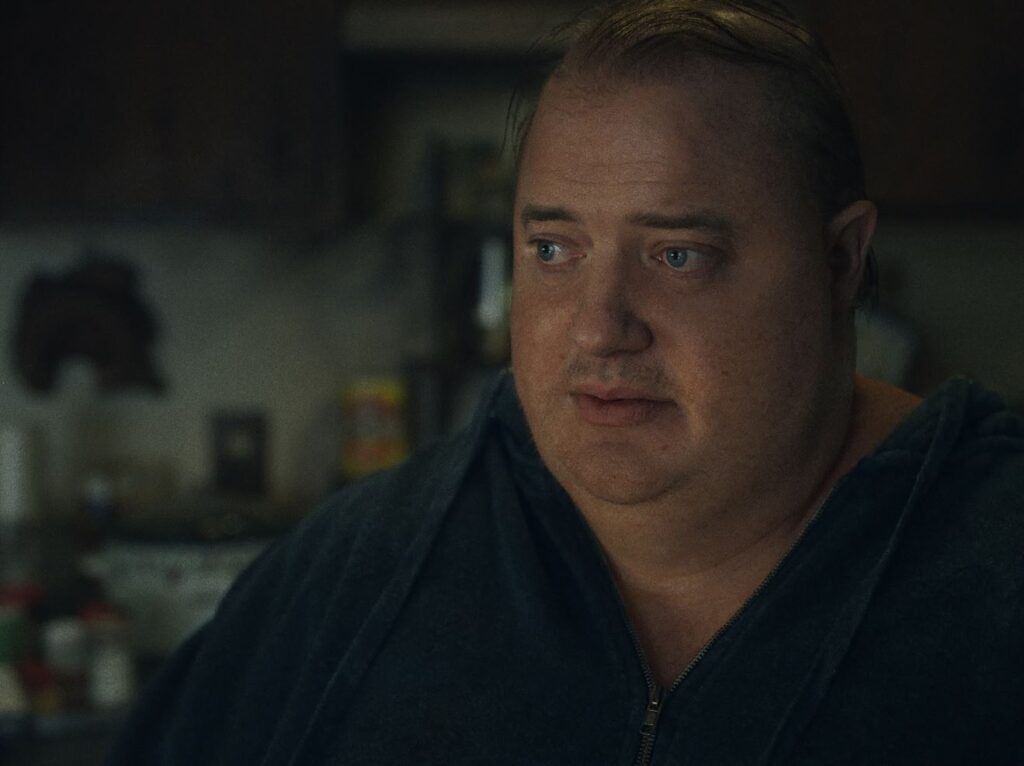Infinity Pool: The Excremental Tourist

If Brandon Cronenberg is anxious about being compared to his father, he’s doing a good job hiding it. His prior feature, the art-house hit Possessor, leveraged the metamorphic gifts of Andrea Riseborough (newly minted Oscar nominee!) for a sordid story of corporeal invasion and existential agony. Now he returns with Infinity Pool, a wild and grimy phantasmagoria full of damaged bodies and deranged images. It may lack the deceptive polish of his pop’s best work, but it rivals him for sheer nastiness.
This is a matter of theme as well as form. In broad terms, Infinity Pool is a crude satire of white privilege and colonialist prerogatives. It’s set in the fictional country of Li Tolqa—filming took place in Croatia and Hungary, but the looming specter of “rainy season” suggests Southeast Asia—which attracts tourists with its opulent resorts and sandy beaches, but which someone ominously describes as “uncivilized.” The movie’s premise, which stirs echoes of last year’s Dual (and also The Prestige), revolves around a particularly perverse kind of black market: When interlopers break the law and find themselves subject to the third-world nation’s draconian justice system, they can evade punishment by paying the authorities (embodied by a louche Thomas Kretschmann) a hefty fee to manufacture a double—a perfect recreation endowed with their memories as well as their appearance—who will then suffer the death sentence in their stead. The only catch (OK fine, there are lots of catches) is that they must bear witness to their doppelganger’s execution. Read More




